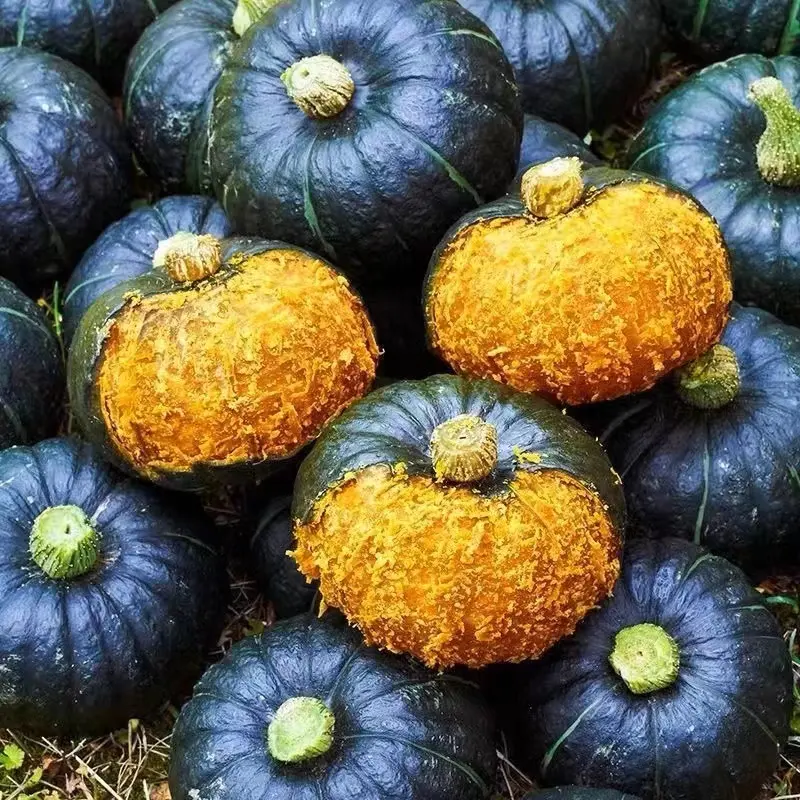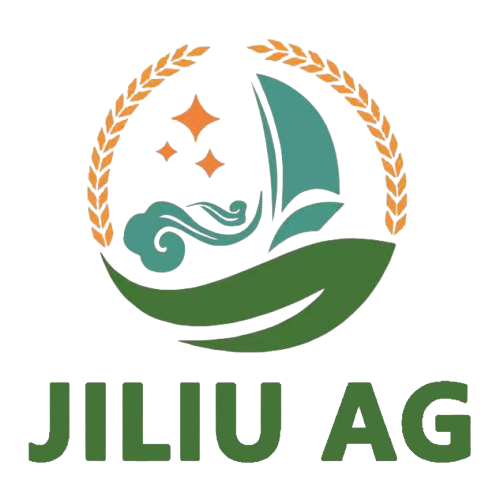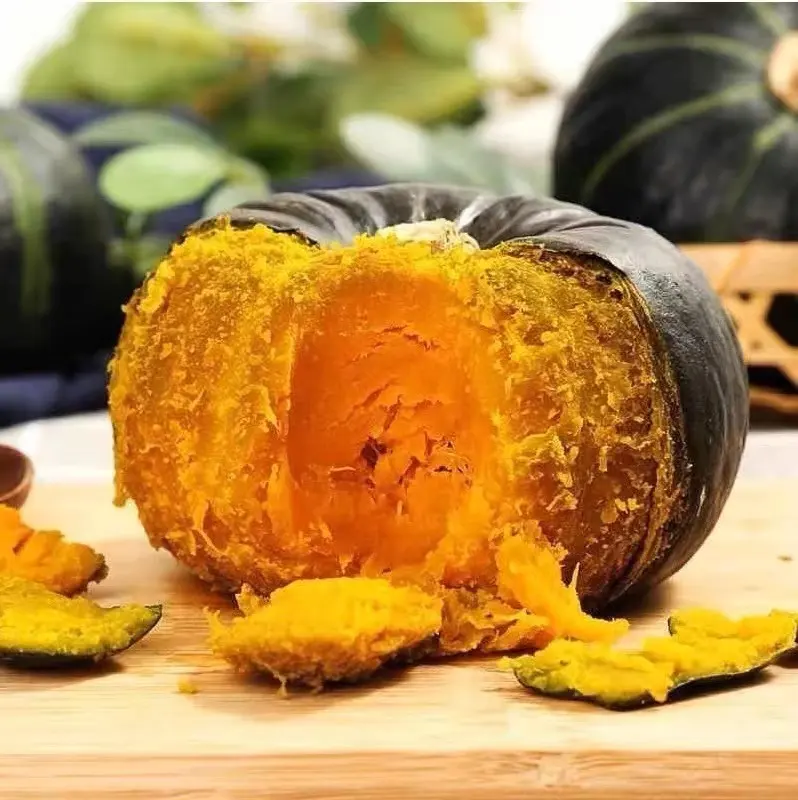The Role of Pumpkins in Global Agricultural Trade
Pumpkins, a staple in both the culinary world and agriculture, have emerged as a significant commodity in cross-border agricultural trade. Their versatility in cuisine, as well as their value in processed food products, makes them a key player in the global agricultural market. From being a symbol of harvest festivals to an essential ingredient in global cuisines, pumpkins are more than just a seasonal vegetable. This article will explore the growing importance of pumpkins in international trade and why they are increasingly valued as a commodity in cross-border agricultural exchanges.
Pumpkins as a Vital Commodity in Global Trade
Pumpkins have gained recognition not only for their use in food products but also for their economic value in global trade. As demand for both fresh pumpkins and pumpkin-derived products such as puree, seeds, and oil continues to grow, countries are increasingly looking to export and import pumpkins as part of their agricultural trade strategy.
Rising Global Demand for Pumpkins
The demand for pumpkins has seen a steady increase worldwide, driven by both consumer preferences and the expansion of pumpkin-based food products. As people’s awareness of healthy eating grows, pumpkins are seen as a nutritious, low-calorie option that can be used in a variety of dishes. In addition to their use in soups, pies, and salads, pumpkin-based products like canned pumpkin, pumpkin seeds, and pumpkin oil have become integral components of global food manufacturing industries.
In particular, countries with strong agricultural sectors like the United States, China, India, and parts of Europe have capitalized on pumpkin exports, tapping into markets where the vegetable is in high demand. As the popularity of pumpkin-flavored products grows, so does the need for an efficient and reliable supply chain for these agricultural commodities.
The Versatility of Pumpkins in the Food Industry
Pumpkins are incredibly versatile in the food industry, contributing to their prominence in international agricultural trade. They are used in both savory and sweet dishes, which makes them highly adaptable to various markets and cultures. Pumpkin puree, for example, is used extensively in the baking industry for products like pies, breads, and muffins. Meanwhile, pumpkin seeds are considered a superfood, packed with essential nutrients and gaining popularity in health-conscious markets.
Additionally, the pumpkin industry has seen significant growth in the production of processed products such as pumpkin powder, which is used in everything from soups to health supplements. This versatility has expanded the market potential for pumpkins, making them an essential part of global food supply chains.

Factors Influencing the Growth of Pumpkin Trade
Agricultural Conditions and Pumpkin Cultivation
The global pumpkin trade is heavily influenced by agricultural conditions. Pumpkins require specific growing conditions, including a warm climate, fertile soil, and ample water supply, to thrive. These factors play a major role in determining which countries are capable of producing large quantities of pumpkins for export.
Countries with suitable climates and advanced agricultural technologies are well-positioned to dominate the pumpkin export market. For instance, the United States, specifically the Midwest, is one of the largest producers of pumpkins, particularly for processing purposes. Similarly, China has become a significant player in both pumpkin production and export, driven by the growing domestic and international demand for pumpkins and pumpkin-derived products.
Trade Agreements and Export Regulations
Trade agreements and regulations also play a key role in the pumpkin trade. As with any agricultural commodity, tariffs, import/export restrictions, and health and safety standards influence the movement of pumpkins across borders. For example, many countries have strict guidelines for the import of fresh produce to prevent the spread of pests and diseases.
These regulations require exporters to adhere to specific packaging, labeling, and quarantine procedures. To maintain consistency and quality, pumpkin exporters must comply with international standards, which can vary depending on the destination country. As trade agreements evolve, they can open new markets or present challenges for exporters.
Seasonality and Harvest Cycles
Another key factor affecting the global trade of pumpkins is seasonality. The harvest cycle of pumpkins typically peaks in late summer and fall, meaning that during these months, there is a surplus of pumpkins in producing regions. However, the demand for pumpkins often continues year-round, creating a need for efficient storage and transportation systems to ensure a steady supply in the off-season.
Countries involved in pumpkin exports must have robust infrastructure in place to store and ship pumpkins globally. Cold storage, refrigeration, and transportation systems that preserve the freshness and quality of pumpkins are crucial to maintaining the supply chain.
Challenges in Cross-Border Pumpkin Trade
Supply Chain Complexities
The trade of pumpkins is not without its challenges. The complexity of the supply chain—from harvesting to packaging, shipping, and distribution—can lead to inefficiencies and delays. A shortage of labor, logistical disruptions, and poor weather conditions can significantly impact the quality and cost of pumpkins on the global market.
Furthermore, pumpkins are perishable, meaning that proper handling is required to prevent spoilage during transit. Timely transportation, proper storage, and appropriate packaging all contribute to maintaining the quality of pumpkins as they move through the supply chain. If these aspects are not managed carefully, it could result in wastage, impacting both producers and consumers.
Price Volatility and Market Competition
The pumpkin market, like many other agricultural markets, can be subject to price volatility. Prices fluctuate due to factors such as weather conditions, changes in consumer demand, and shifts in global supply and demand. A bad harvest season or an oversupply of pumpkins can drive prices down, while high demand or limited supply can push prices up.
Additionally, as more countries recognize the economic potential of pumpkins, competition in the global market has increased. This can make it harder for producers to secure long-term contracts or reliable buyers, especially in markets where price sensitivity is high.
Environmental Factors and Sustainability
As global agricultural trade grows, so does the emphasis on sustainability. The environmental impact of pumpkin farming and transportation is an issue that both producers and consumers are beginning to take more seriously. Sustainable farming practices, including the reduction of pesticide use and the adoption of water-efficient irrigation methods, are crucial in ensuring the long-term viability of pumpkin production.
At the same time, the carbon footprint of transporting pumpkins across borders is another concern. As countries strive to reduce emissions and adopt more sustainable practices, the pumpkin industry is looking for ways to make its supply chains more environmentally friendly.
Strategic Approaches to Enhance the Pumpkin Trade
Diversifying Pumpkin Products
One way to increase the value of pumpkin trade is to diversify the range of pumpkin-based products available in international markets. By processing pumpkins into various products like seeds, oils, puree, and even pumpkin powder, exporters can capture a broader customer base. This can mitigate risks associated with fluctuations in demand for fresh pumpkins and increase the product's shelf life.
As food manufacturing industries increasingly seek healthy and nutritious ingredients, pumpkin-based products are likely to experience steady demand. Companies that can adapt to changing consumer preferences by offering innovative pumpkin products will have a competitive edge in global markets.
Building Strong Trade Partnerships
For countries engaged in pumpkin exports, building strong trade relationships with international buyers and distributors is key to ensuring long-term success. Establishing mutually beneficial agreements, maintaining consistent product quality, and ensuring transparency in pricing can help foster trust and loyalty among trading partners.
By focusing on strategic trade relationships and ensuring that logistical and regulatory hurdles are managed effectively, countries can secure a strong position in the global pumpkin market.
FAQ
What factors influence the demand for pumpkins globally?
The demand for pumpkins is influenced by consumer preferences, the growing trend toward healthy eating, and the increasing popularity of pumpkin-based products. Seasonality, availability, and regional consumption habits also play a role.
How do environmental conditions affect pumpkin production?
Pumpkins require specific growing conditions, such as warm climates, fertile soil, and consistent water supply. Adverse weather conditions can significantly impact the yield and quality of pumpkins, affecting their availability for export.
What are the major challenges in the global pumpkin supply chain?
Key challenges in the global pumpkin supply chain include transportation delays, spoilage, price volatility, and competition. Additionally, the environmental impact of pumpkin farming and transportation is becoming an increasingly important concern.
How can countries boost their pumpkin trade?
Countries can boost their pumpkin trade by diversifying pumpkin products, such as seeds, puree, and oil, and by building strong, reliable trade partnerships with international buyers. Additionally, implementing sustainable farming practices can help secure long-term success in the pumpkin export market.

